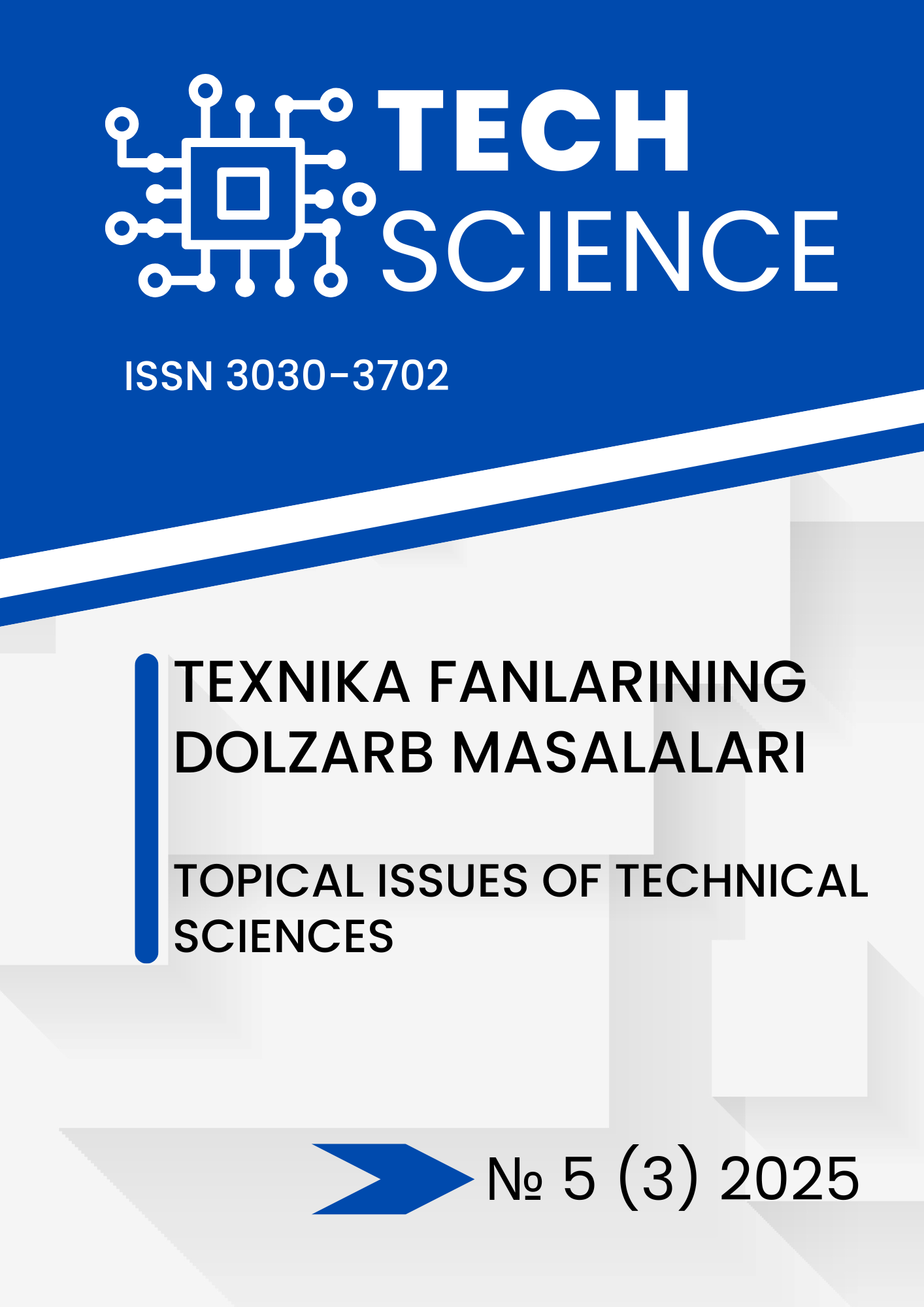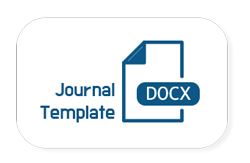TRANSFER LEARNING YORDAMIDA MOBILENETV2 MODELI ASOSIDA MIYA O‘SIMTALARINI TASNIFLASH
Kalit so'zlar
https://doi.org/10.47390/ts-v3i5y2025N8Kalit so'zlar
miya o‘simtasi tasnifi, Chuqur o‘qitish, MobileNetV2, MRT, Transfer learningAnnotasiya
Ushbu tadqiqotda MobileNetV2 arxitekturasi asosida transfer learning (ko‘chirilgan o‘rganish) usuli yordamida miya o‘simtalarini tasniflash tizimi taqdim etiladi. Tizim miya MRT (magnit-rezonans tomografiya) tasvirlarini to‘rtta toifaga ajratish uchun mo‘ljallangan: glioma, meningioma, gipofiz (pituitariya) o‘simtasi va sog‘lom (o‘simtasiz). Taklif etilgan model 7023 ta MRT tasviridan iborat ma’lumotlar to‘plamida 93.36% test aniqligiga erishdi. Natijalar shuni ko‘rsatdiki, nozik sozlangan MobileNetV2 modeli hisoblash resurslari jihatidan samarali bo‘lishi bilan birga, klinik amaliyot va edge qurilmalar (chekka qurilmalar)da qo‘llash uchun yuqori aniqlikka ega yechimni taqdim etadi
Manbalar
1. M. R. Shoaib, M. R. Elshamy, T. E. Taha, A. S. El-Fishawy, and F. E. Abd El-Samie, “Efficient Brain Tumor Detection Based on Deep Learning Models,” J. Phys. Conf. Ser., vol. 2128, no. 1, 2021, doi: 10.1088/1742-6596/2128/1/012012.
2. N. R. Singh, S. Kishore, G. Senthilvel.p, and E. Saxena, Brain Tumor Detection Using MRI, no. Sipcov. Atlantis Press International BV, 2022. doi: 10.1109/ICAC3N56670.2022.10074150.
3. W. Ahamad, V. Pal, Shreyash, and M. K. Sharma, “Brain tumor detection using deep learning,” Proc. - IEEE 2023 5th Int. Conf. Adv. Comput. Commun. Control Networking, ICAC3N 2023, pp. 647–652, 2023, doi: 10.1109/ICAC3N60023.2023.10541811.
4. P. Agrawal, N. Katal, and N. Hooda, “Segmentation and classification of brain tumor using 3D-UNet deep neural networks,” Int. J. Cogn. Comput. Eng., vol. 3, no. November, pp. 199–210, 2022, doi: 10.1016/j.ijcce.2022.11.001.
5. M. A. Gómez-Guzmán et al., “Classifying Brain Tumors on Magnetic Resonance Imaging by Using Convolutional Neural Networks,” Electron., vol. 12, no. 4, pp. 1–22, 2023, doi: 10.3390/electronics12040955.
6. M. Shahajad, D. Gambhir, and R. Gandhi, “Features extraction for classification of brain tumor MRI images using support vector machine,” Proc. Conflu. 2021 11th Int. Conf. Cloud Comput. Data Sci. Eng., pp. 767–772, 2021, doi: 10.1109/Confluence51648.2021.9377111.
7. R. Vankdothu, M. A. Hameed, and H. Fatima, “A Brain Tumor Identification and Classification Using Deep Learning based on CNN-LSTM Method,” Comput. Electr. Eng., vol. 101, no. April, p. 107960, 2022, doi: 10.1016/j.compeleceng.2022.107960.
8. L. C. S. Reddy, M. Elangovan, M. Vamsikrishna, and C. Ravindra, “Brain Tumor Detection and Classification Using Deep Learning Models on MRI Scans,” EAI Endorsed Trans. Pervasive Heal. Technol., vol. 10, pp. 1–7, 2024, doi: 10.4108/eetpht.10.5553.
9. M. M. Ahmed et al., “Brain tumor detection and classification in MRI using hybrid ViT and GRU model with explainable AI in Southern Bangladesh,” Sci. Rep., vol. 14, no. 1, p. 22797, 2024, doi: 10.1038/s41598-024-71893-3.
10. A. A. Asiri et al., “Next-Gen brain tumor classification: pioneering with deep learning and finetuned conditional generative adversarial networks,” PeerJ Comput. Sci., vol. 9, pp. 1–23, 2023, doi: 10.7717/PEERJ-CS.1667.
11. R. Disci, F. Gurcan, and A. Soylu, “Advanced Brain Tumor Classification in MR Images Using Transfer Learning and Pre-Trained Deep CNN Models,” Cancers (Basel)., vol. 17, no. 1, p. 121, Jan. 2025, doi: 10.3390/cancers17010121.
12. Y. Arora and S. K. Gupta, “Brain tumor classification using weighted least square twin support vector machine with fuzzy hyperplane,” Eng. Appl. Artif. Intell., vol. 138, no. PB, p. 109450, 2024, doi: 10.1016/j.engappai.2024.109450.
13. D. Rastogi et al., “Brain Tumor Detection and Prediction in MRI Images Utilizing a Fine-Tuned Transfer Learning Model Integrated Within Deep Learning Frameworks,” Life, vol. 15, no. 3, p. 327, Feb. 2025, doi: 10.3390/life15030327.
14. M. S. Dut and M. Çetin, “International Symposium on AI-Driven Engineering Systems Brain Tumor Classification Using Fine-Tuned Transfer Learning,” Int. Symp. AI-Driven Eng. Syst., vol. 22, pp. 39–42, 2025, doi: https://doi.org/10.36287/setsci.22.10.001.








